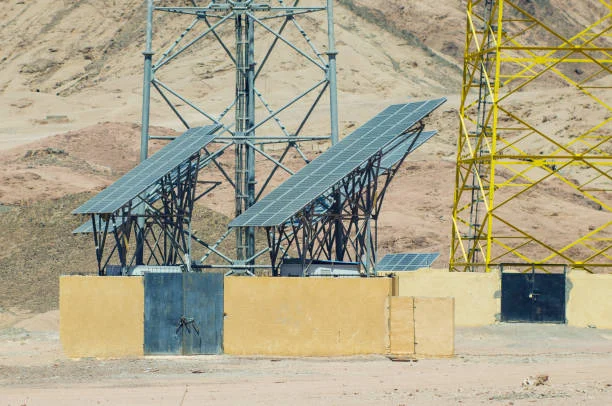2025-03-04
Now let's get into the imagery where you have trillions of dollars worth of treasure on top of you and are struggling to solve the problem of powering a single light bulb. This irony defines the energy landscape that Afghanistan will encounter come 2025. While geological surveys have revealed $3 trillion worth of lithium - enough to power every cell phone in Silicon Valley - more than 70 percent of Afghans still don't have power they can count on. The country's energy storage challenges constitute a critical bottleneck between mineral wealth and modern development.

Afghanistan's power grid is like a patchwork quilt made by a tailor back in the days of British rule. According to the World Bank data for 2024, only 34% of urban areas and 10% of rural areas will be connected to the grid, a figure that makes it clear that complete coverage of the grid is a difficult task. Current programs that can support Afghanistan to achieve electricity storage:
Energy storage sites face more threats than a character on Game of Thrones. Especially with an attack on the Kandahar substation in 2023 leaving 200,000 people in the dark, the solution now requires the use of to military grade innovations:
The leakage problem in Afghanistan's energy sector is serious and has not yet been resolved. Kabul University reports that more than 80 per cent of engineering graduates migrate each year. What is the solution? Let us create an “Energy Corps” program:
Here's where Afghanistan could outplay China in the battery game. While Chinese factories recycle only 5% of lithium-ion batteries, Afghanistan's greenfield advantage allows leapfrogging to:
Winter demand spikes 300% while solar production plummets - a recipe for blackouts. The answer lies in thermal innovation:
Traditional lenders avoid Afghanistan like a Kabuli street vendor avoids taxes. But 2024's game-changers include:
Navigating Afghanistan's energy policies requires the patience of a Baluchi rug-weaver. The solution? Create an "Energy Sandbox":
As Chinese engineers work on the Mes Aynak copper mine's storage systems and Turkish contractors install solar microgrids in Herat, Afghanistan's energy future resembles a charging battery - slow initial progress followed by rapid capacity growth. The country's mineral wealth could either become the foundation for energy independence or another chapter in the resource curse chronicles.